These Photos Show How Much Public Transportation Has Changed In America

By:
It’s easy to believe that America was designed around the automobile.
In many ways, it was: public transportation is underfunded without signs of help from the current administration. Moreover, newer cities and suburbs prioritize space and privacy which makes it extremely difficult for people to access public transportation. The result was car-first communities, which encouraged people to get behind the wheel rather than onto a bus, train, ferry, or any other means of mass transit. As a result, public transportation ridership has reached new lows: According to the Federal Highway Administration, driving mileage has gone up while transit has gone down. To give you an idea of how little people are using public transportation, consider that only 5.2 percent of US workers aren’t driving. Ouch.
But it wasn’t always this way. What was life in America like before cars took over? Let’s explore.
Before the automobile rolled along, horses were the best means of land transportation. Stagecoaches effectively harnessed horsepower in a way that enabled ridership for multiple people. While roads were unpaved and generally unsophisticated, the use of stagecoaches paved the way for street systems like the turnpike, where travelers paid a small fee to travel on maintained roads. The below is a depiction of a 1799 turnpike in Connecticut.
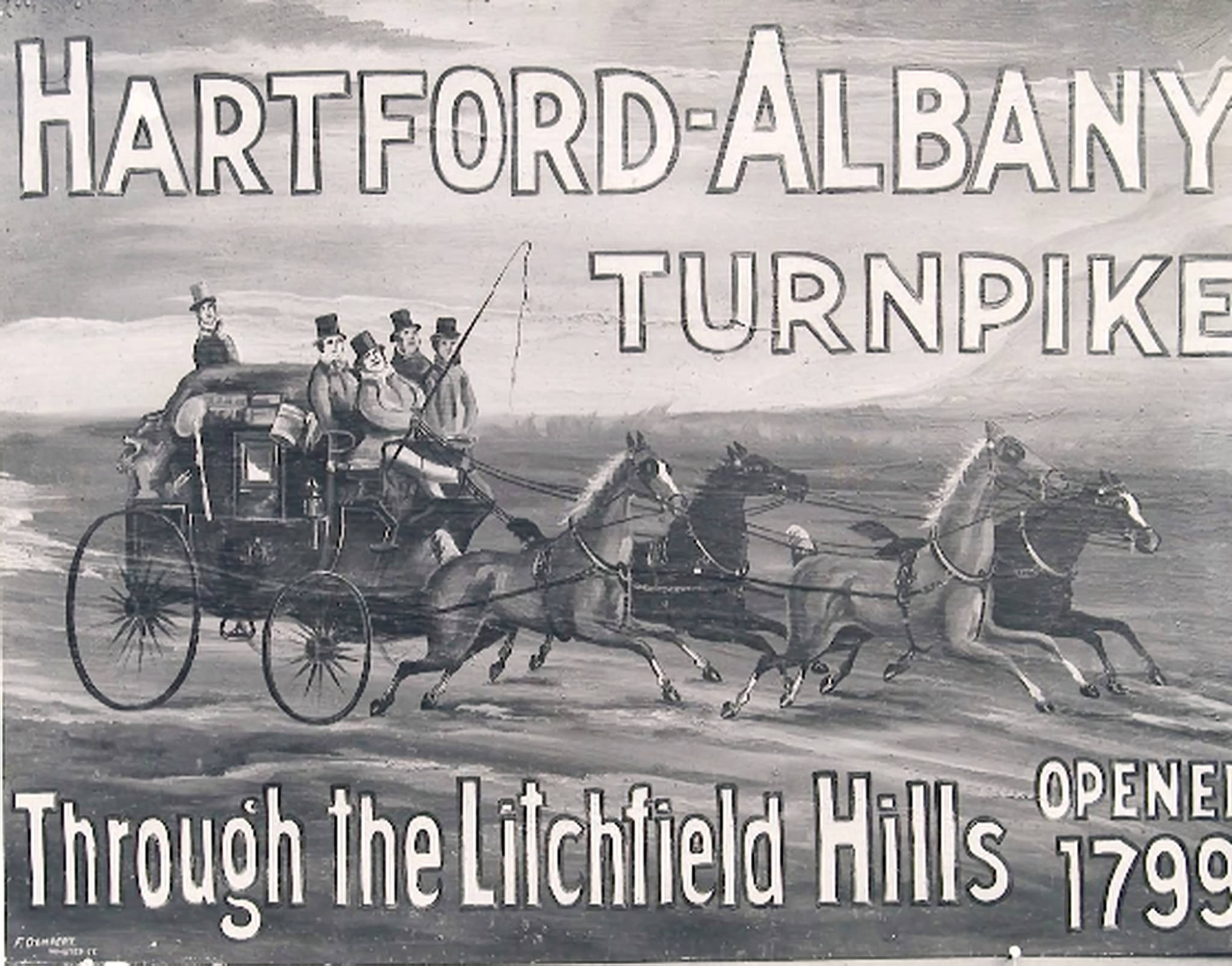 Flickr.com - flickr.com
Flickr.com - flickr.com
For a more advanced look at what these budding highways for horses looked like, the below map of 1865 Boston depicts a few means of transportation: streets for horsecars leading to rail travel.
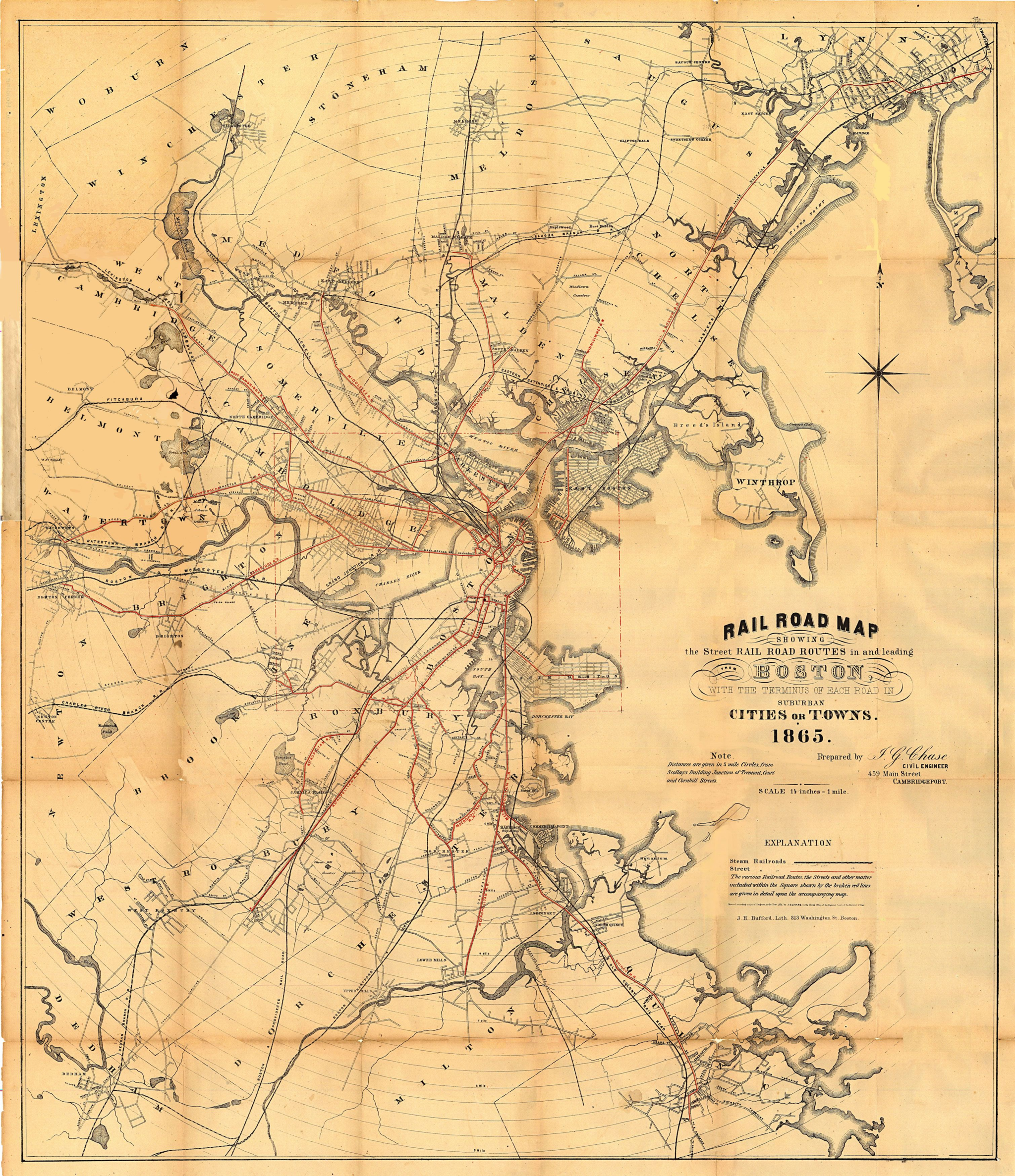 commons.wikimedia.org - wikimedia.org
commons.wikimedia.org - wikimedia.org
Before suburban sprawl extended communities, cities like Boston focused life around these main transportation thoroughfares.
Another popular mid-nineteenth century means of travel was the steamboat, like the 1877 Massachusetts, pictured below.
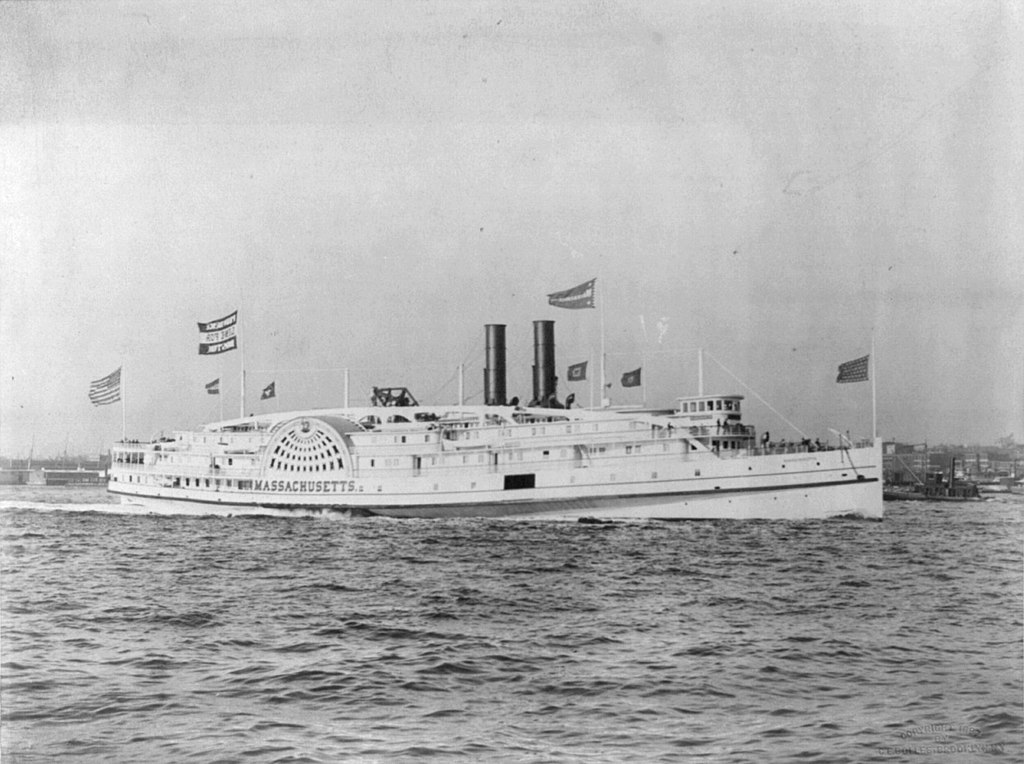 United States Library of Congress's Prints and Photographs Division via Wikimedia - wikimedia.org
United States Library of Congress's Prints and Photographs Division via Wikimedia - wikimedia.org
Travel by waterways like rivers was popular in the 1700s and 1800s because it allowed people to get around at “the astonishing speed of up to five miles per hour,” the U.S. Army Corps. Of Engineers reports.
Steamboat travel enabled trade in a new way, but it came with a few strings. Ships were often sweaty and smelly because livestock shared space with human passengers. They were also prone to sinking or explosions.
Horsecars were an essential means of traveling people by land, en masse.
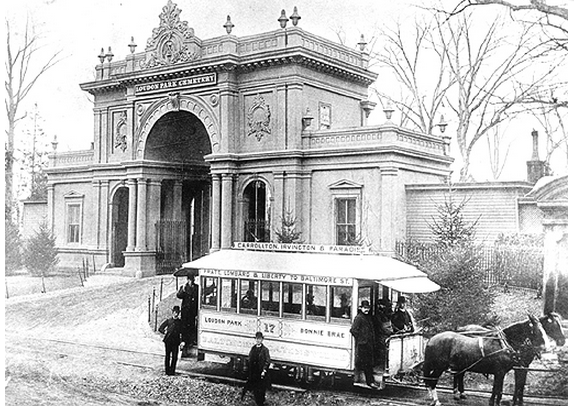 Wikimedia Commons - wikimedia.org
Wikimedia Commons - wikimedia.org
It might now seem ridiculous that there were animals carting around human beings on busy streets, but there was a time when thousands of these vehicles were on roads. The above image is of an 1883 horsecar in Baltimore that resembles a modern trolley.
Yet, horse travel came with a pronounced catch that cars eventually fixed: streets filled with manure, posing a public health hazard.
Trolleys became popular as battery or electric powered transportation became available.
They first popped up in the middle of the nineteenth century when they replaced horsecars and similar horse powered travel.
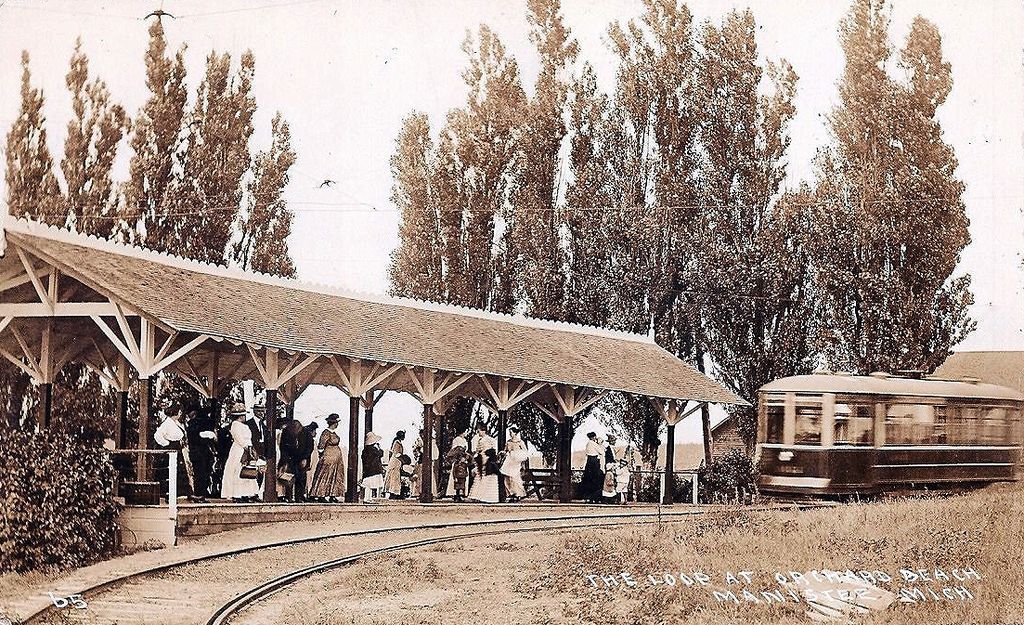 Wystan from Ann Arbor via Wikimedia Commons - wikimedia.org
Wystan from Ann Arbor via Wikimedia Commons - wikimedia.org
The above is a trolley from Manistee, Michigan reportedly from the mid-1800s.
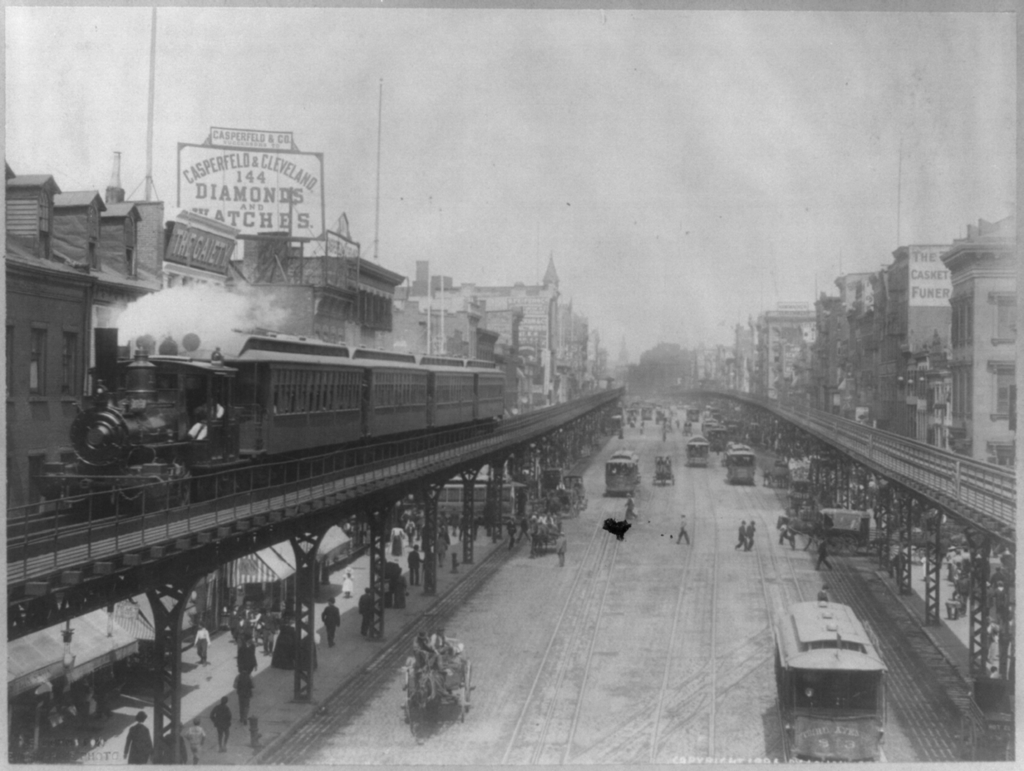 United States Library of Congress's Prints and Photographs Division via Wikimedia Commons - wikimedia.org
United States Library of Congress's Prints and Photographs Division via Wikimedia Commons - wikimedia.org
By the late nineteenth century, rail travel had become an effective means of transportation. Railways had been popular via steam engines as far back as the mid-nineteenth century, but the tradeoff for urbanites living nearby was that they were loud, affected the air quality, and were generally dangerous. Elevated rail lines—like one from New York City circa 1896 pictured above—helped alleviate those problems by getting trains off the ground.
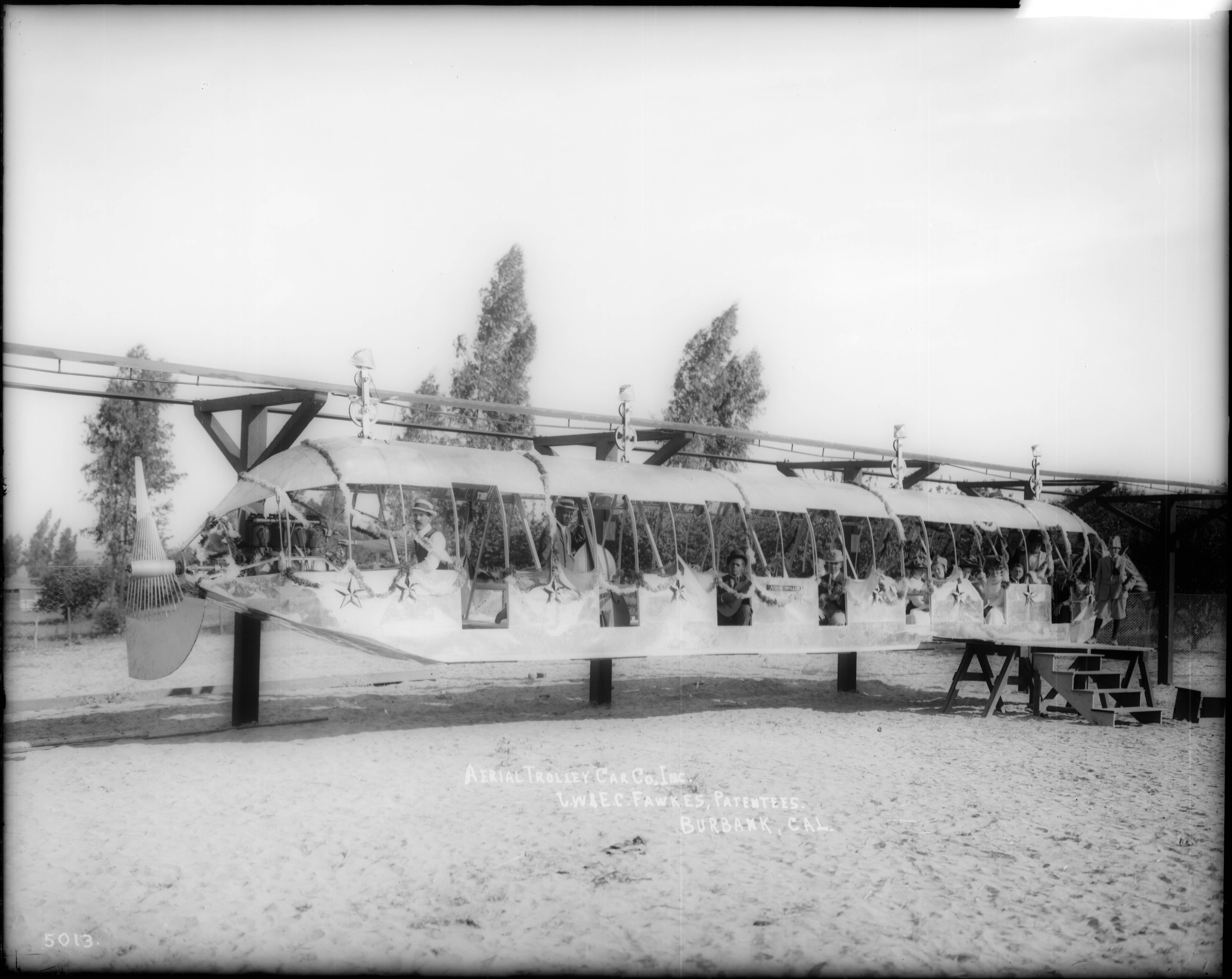 Ashley Van Haeften via Flickr - flickr.com
Ashley Van Haeften via Flickr - flickr.com
In the search for improved mass transit, inventiveness sometimes took very creative—but useless—turns. Take Fawkes Folly, for example. The early twentieth century monorail in Burbank, California hoped to evolve electric trolleys into monorails. Fawkes Folly was a blip in transportation history, used briefly around 1910, before quite literally “disintegrating” after “achieving a top speed of 3 mph.”
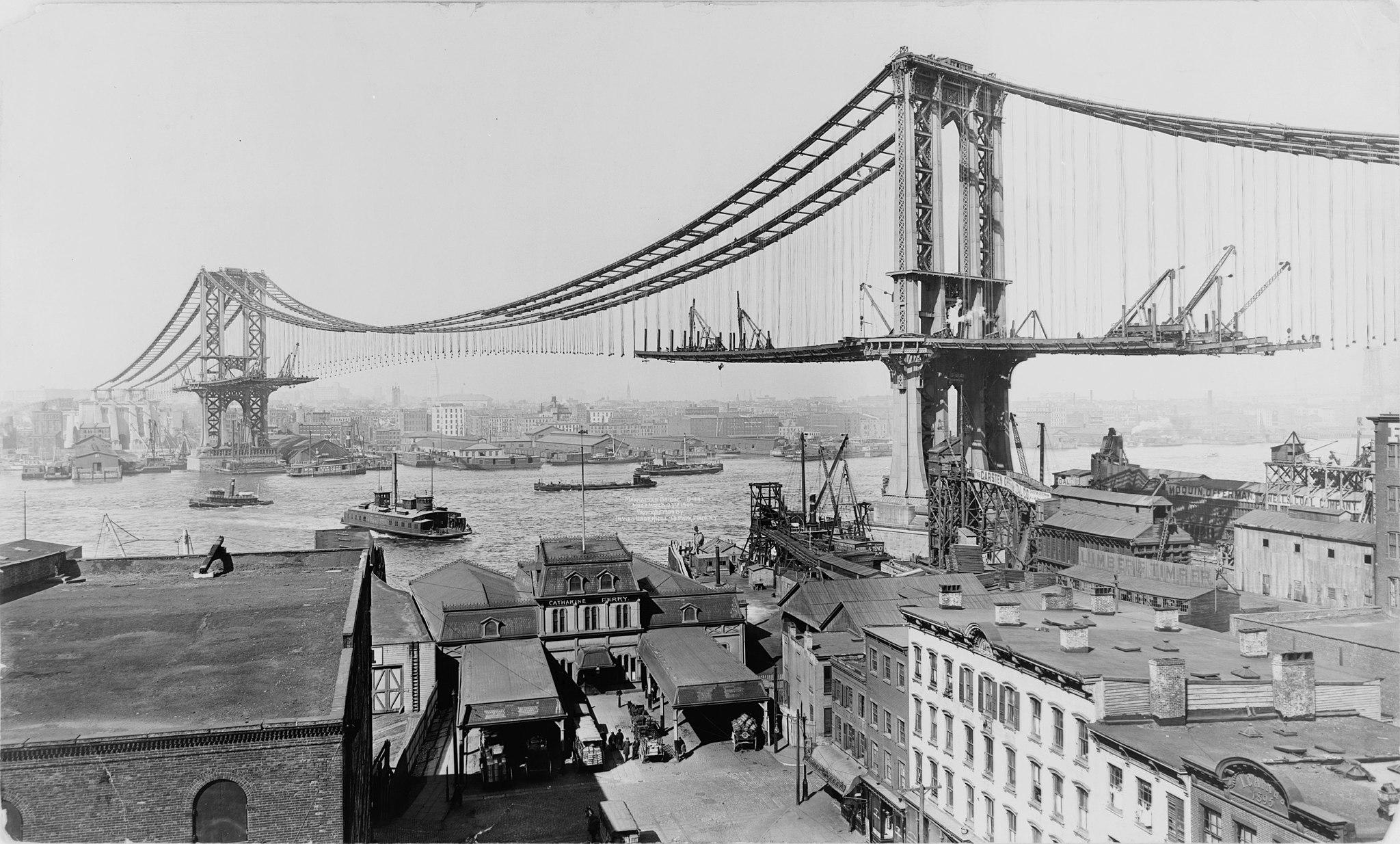 United States Library of Congress's Prints and Photographs Division via Wikimedia Commons - wikimedia.org
United States Library of Congress's Prints and Photographs Division via Wikimedia Commons - wikimedia.org
The rise in more individualized travel meant growing pains for city design. As you see in the above photo from 1909 of Manhattan Bridge being built, there was a tension between dueling travel technologies. Ferries shuttled people across the river as a road in the sky prepared to connect other means of transportation, from the aforementioned horse drawn vehicles to the growing number of automobiles, which saw an initial boom in the early twentieth century.
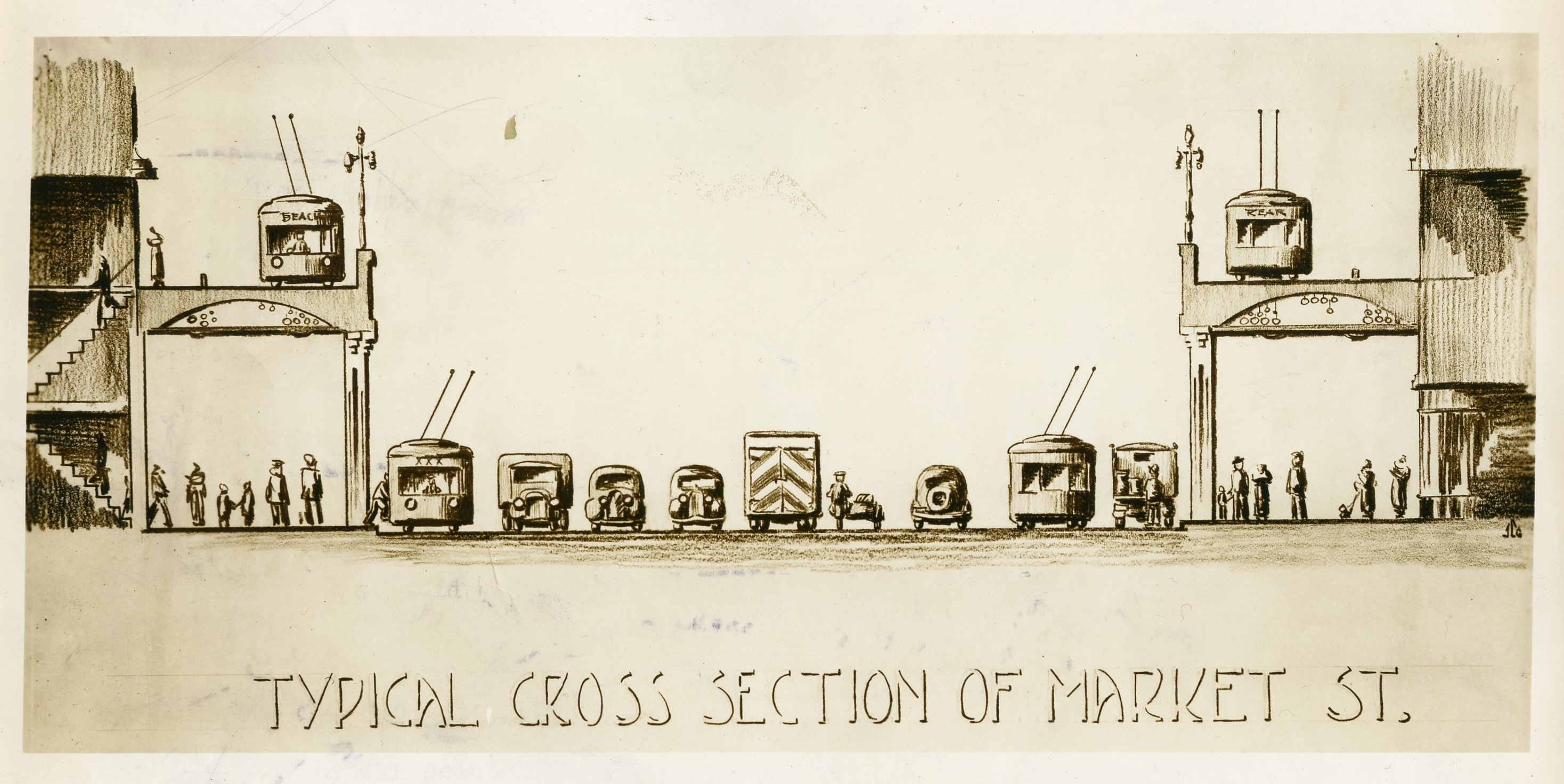 San Francisco Examiner via Eric Fischer on Flickr - flickr.com
San Francisco Examiner via Eric Fischer on Flickr - flickr.com
By the 1920s and 1930s, cars were fully integrated into society, but there was a growing tension between this new private means of travel and established systems of mass transit. By 1929, there were 26 million cars in the United States, a number that was roughly 20 percent of the era’s population. The above cross-section of San Francisco’s Market Street in 1937 from the “San Francisco Examiner” illustrates how this literal breakdown affected the roads.
At a certain point, cars devoured previous means of public transportation, upending systems like trolleys. As the streets of today were made a priority, transportation of yesterday literally piled up, as you can see in the below 1956 photo of Los Angeles streetcars awaiting demolition.
Remnants of former means of mass transit oriented travel can still be gleaned by city design but so much has changed. Still, things as ubiquitous as paved roads and traffic signs are the direct result of cities leaning toward cars, to mixed results.
